It feels like there’s a new variant of GOATS—a gameplay style popularized by a tier three Overwatch team of the same name—every week. The standard-issue GOATS composition is simple: three tanks, three supports. Reinhardt, Zarya, and D.Va are often used as the tanks, while Moira, Lúcio, and Brigitte are typical supports. Variations swap out heroes here and there. A GOATS composition that uses Winston is called MOATS—a style popularized by Korean Contenders team WGS Armament using “monkey” plus GOATS. (Team China played this variant during the Overwatch World Cup, too.) When Zenyatta is swapped in for Moira, that’s ZOATS.
Keeping track of the composition names is nearly as hard as playing against the composition, which has been dominant for months now. Despite the variants, there is a main idea that sits at the core of all GOATS compositions: It works like bulldozer, rolling over the enemy team by the sheer nature of perseverance. Area-of-effect healing from Lúcio keeps the big health pools topped off and even the slowest heroes barreling into the enemy team. To win against GOATS, you have to play GOATS—the winner of any given push is reduced to who can outlast. Teams are able to tweak the composition to suit their strengths. For European Contenders team Winstrike, that means swapping out D.Va for Mei.
Related: What you missed in Overwatch over the holiday week
The Overwatch community is already calling it SNOATS—a mixture of snow, because Mei, and GOATS. But if a composition isn’t three tanks and three supports, is it still GOATS? Or is it a GOATS counter? Whatever the answer there, Winstrike used the composition throughout today’s tournament run to great success against HSL Esports. The core of Winstrike is still GOATS, enabling the team to keep up the steamroll effect the composition typically has. But the Mei acts as a counter to the standard GOATS composition, using both her Ice Wall and Blizzard ultimate to slow down an enemy team’s momentum.
There are, of course, downsides: An enemy D.Va can potentially eat Mei’s Blizzard and a Zenyatta player can single-handedly keep a group of frozen allies alive. Using Mei with a triple support lineup isn’t necessarily new, and it won’t be the death of true GOATS. (After all, it is still considered a GOATS variant, despite not being a triple-tank lineup.) Likewise, Winstrike played the same composition for the majority of their games today. That sort of consistency is easy to counter. As Contenders goes on, teams will learn to adapt even to the newest adaptation of the prevailing meta. The teams that will succeed in Contenders are the ones who can adapt the fastest.
In Korea, BlossoM and O2 switched between GOATS and anti-GOATS, with BlossoM in particular using a slick Mei approach to defending on Hanamura. With O2 heading into the second point on Hanamura with a small time bank, BlossoM responded with a composition of Winston, D.Va, Mei, Doomfist, Ana, and Zenyatta. It’s the Mei wall that’s most important, first separating the team in two, stalling the push. Once O2 is ready to try again, it’s the Mei wall again that keeps the attacking team out.
If things keep going like this, we’ll likely see a lot more Mei in Contenders third season of 2018. And of course, GOATS and its counters are playing out differently in other Contenders regions. Naturally, teams will look to other regions for ideas to take on the composition, but during Contenders, each region becomes its own little ecosystem. Strategies adjust to account for the styles of the participating teams, each region slightly different from the other.
Contenders metas have the potential to stretch outward into the Overwatch League when it starts back up in 2019. Of course, there’ll be a new meta by then, but it’s the Contenders players that play competitively on each patch ahead of the Overwatch League. (Patches are delayed in the Overwatch League to keep things fair competitively. Typically, patches update for the Overwatch League during stage breaks so that teams can practice new metas—and explore compositions that are working in Contenders.)
All Overwatch Contenders regions have kicked off for season three by now, except North America, which begins on Nov. 27.



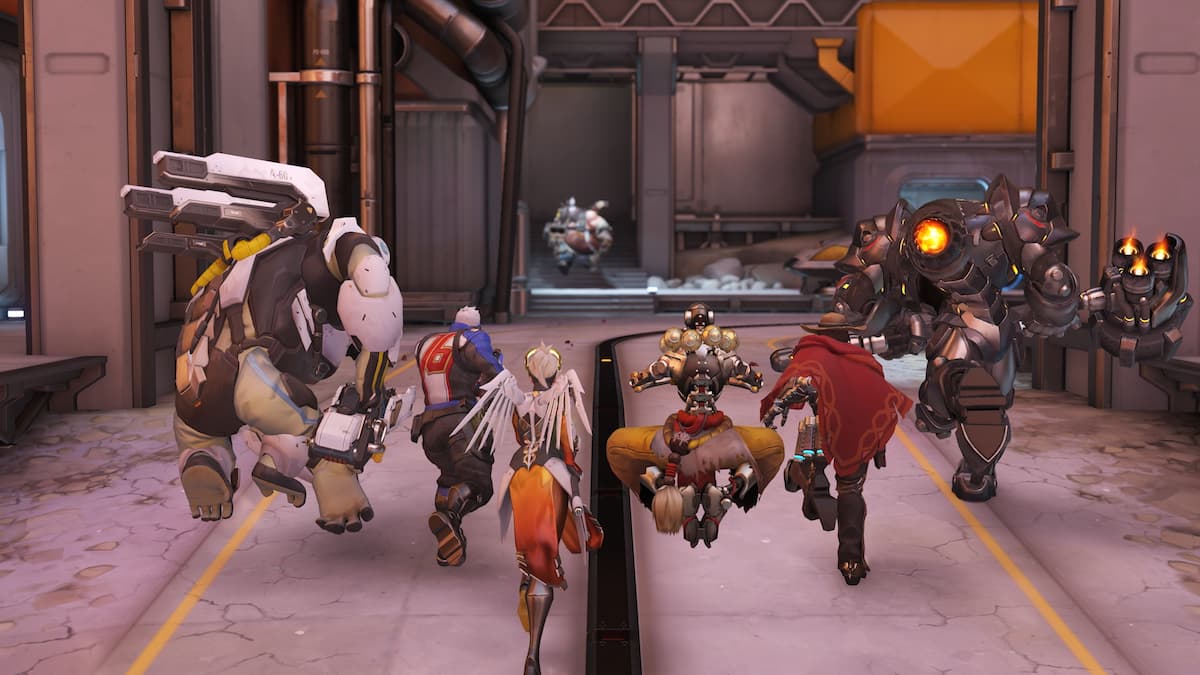

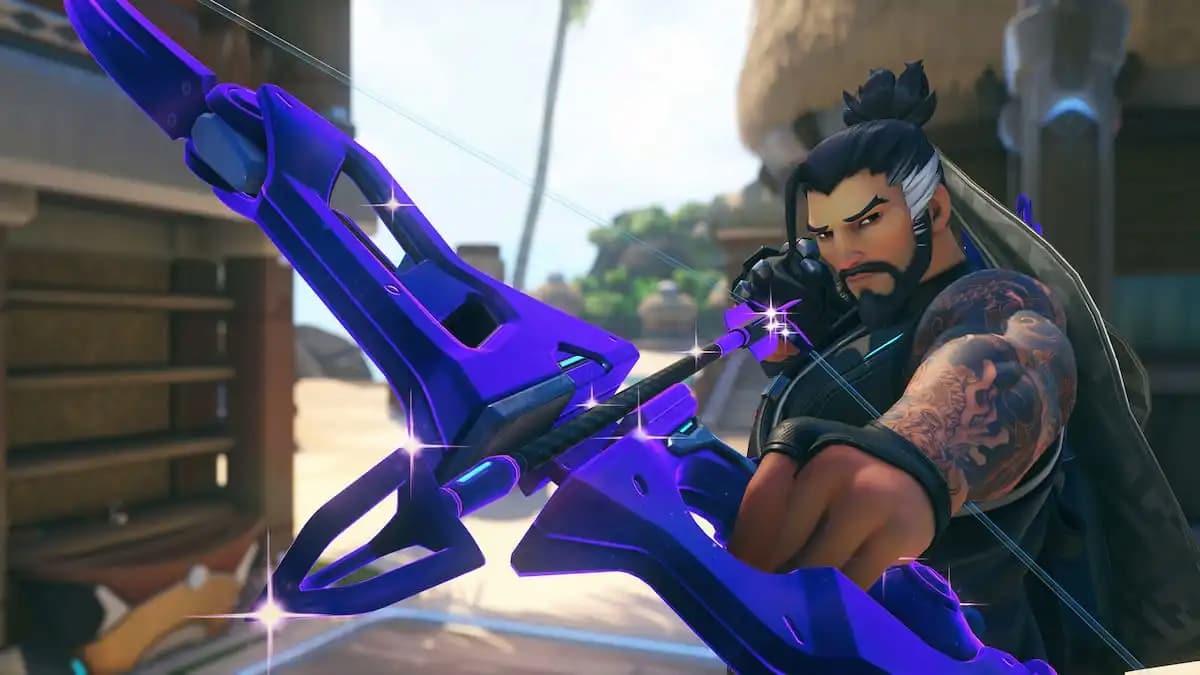
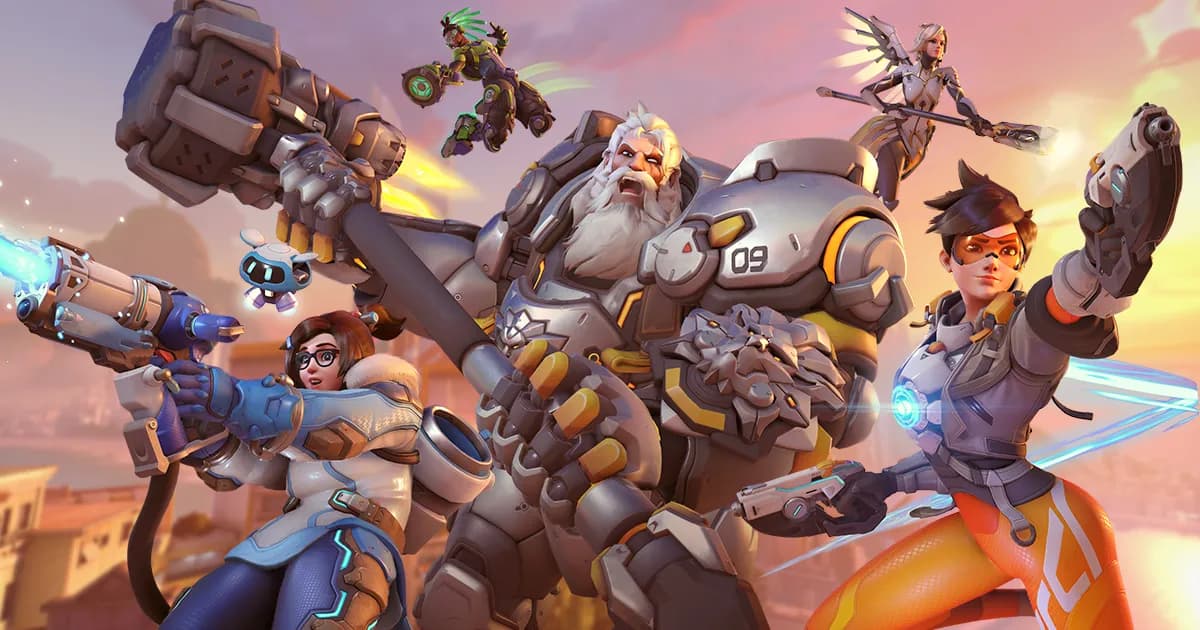
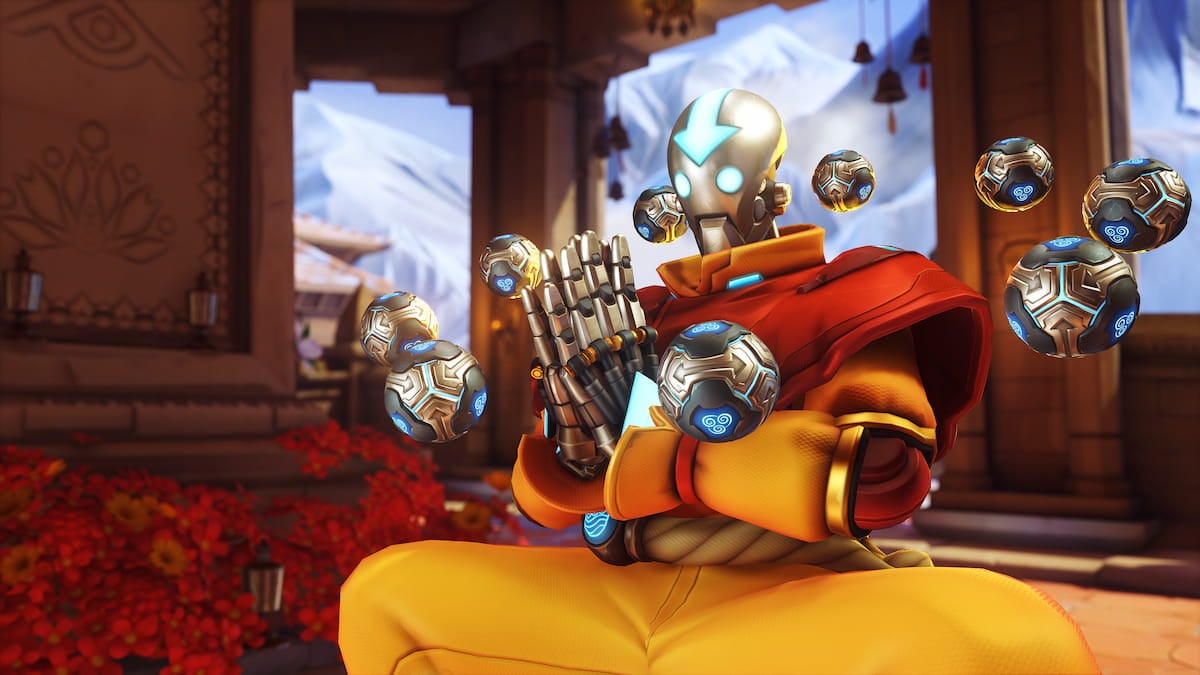
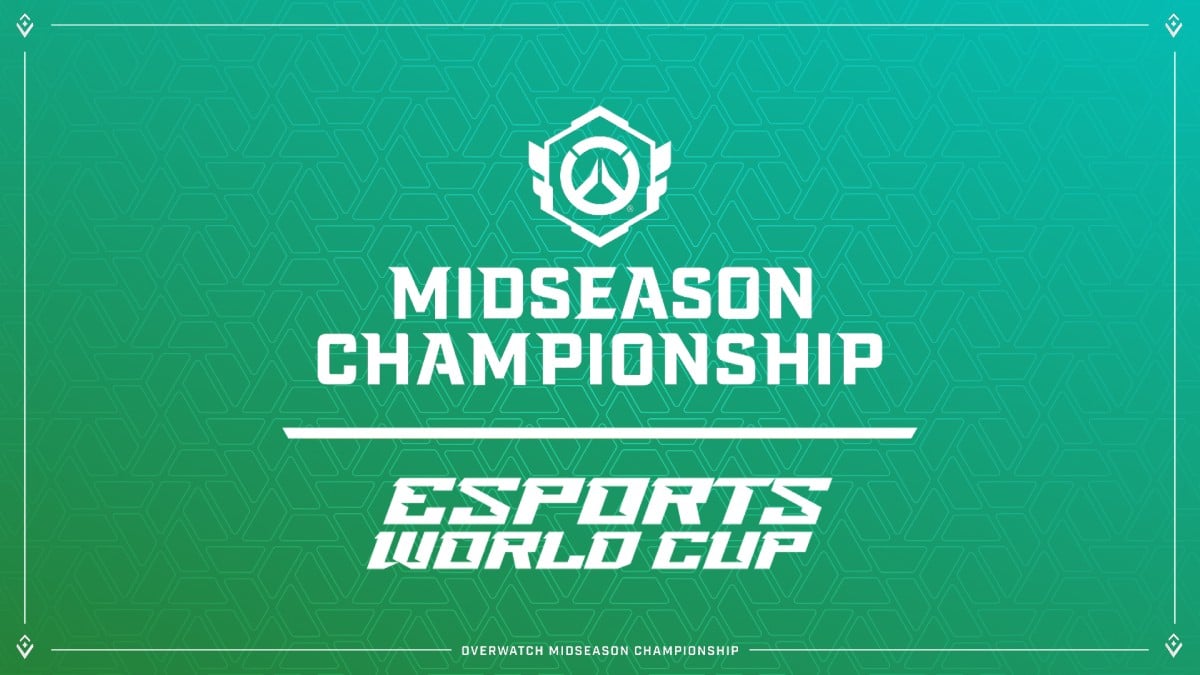
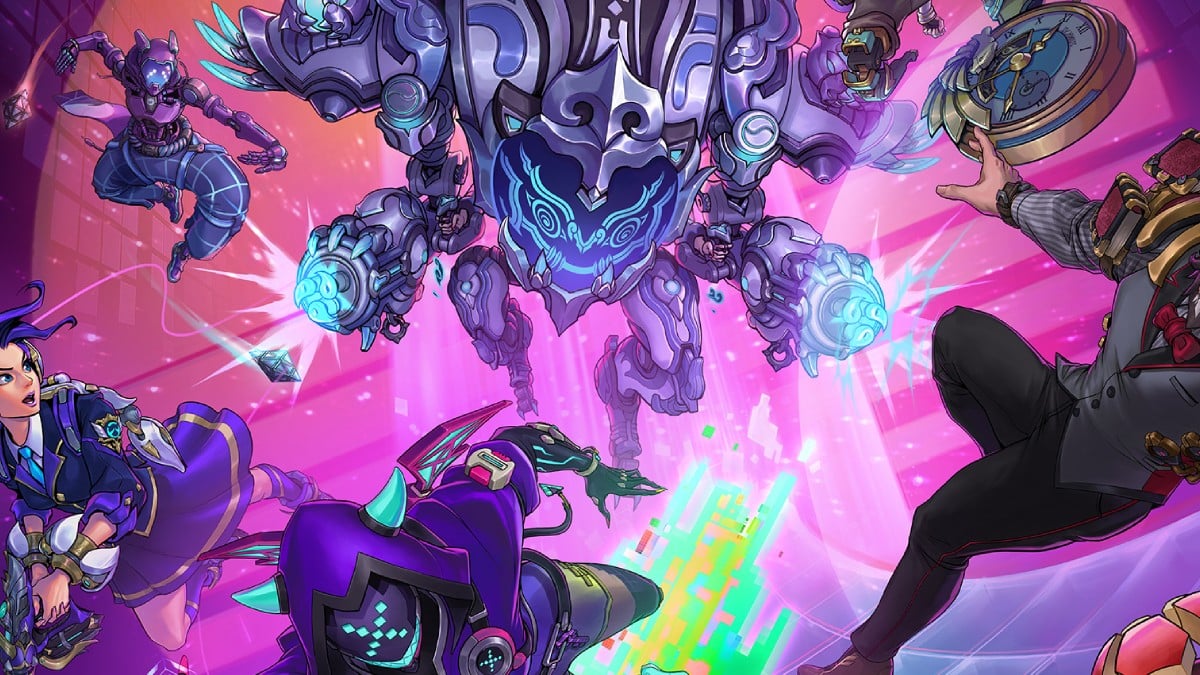
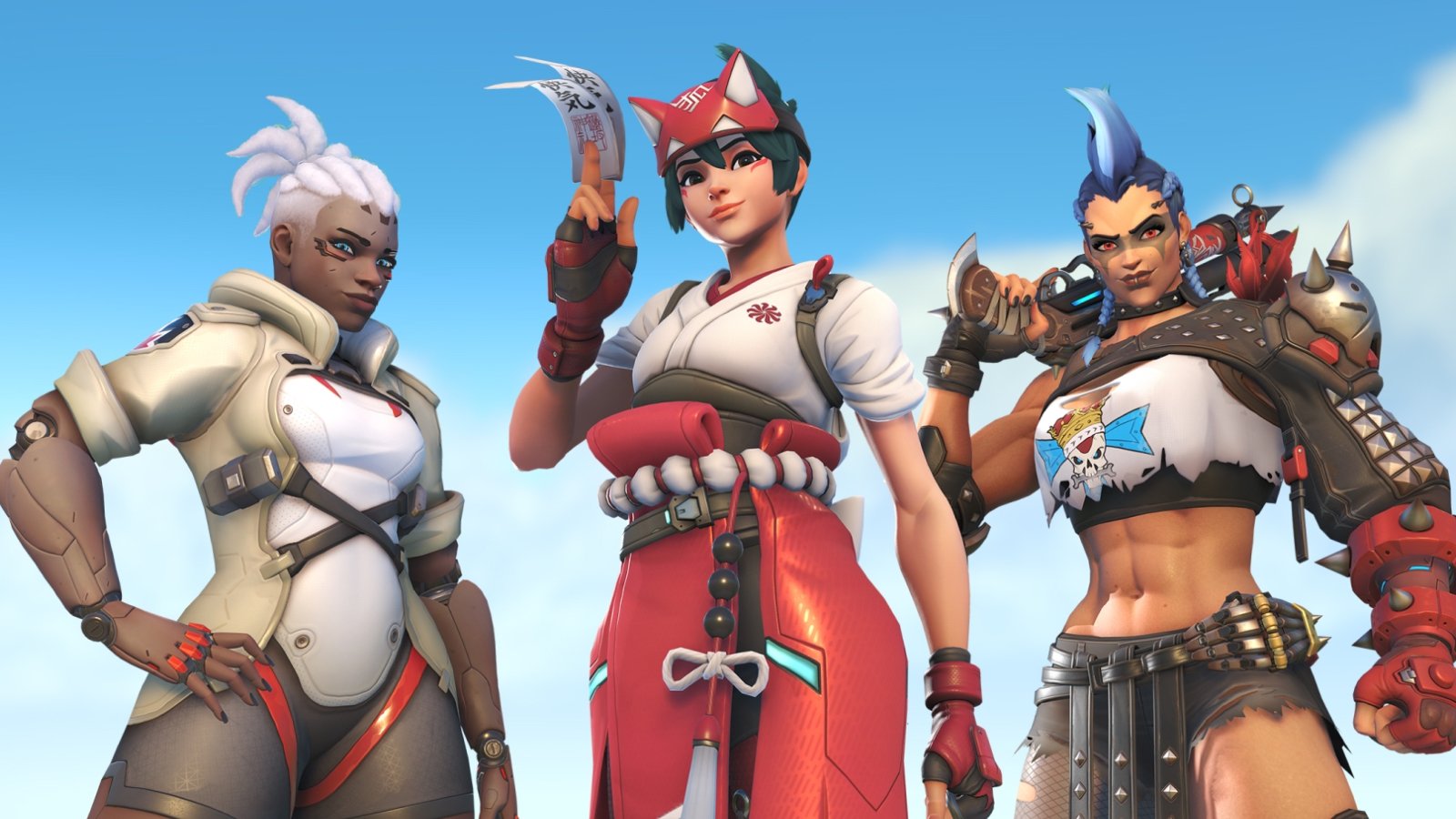
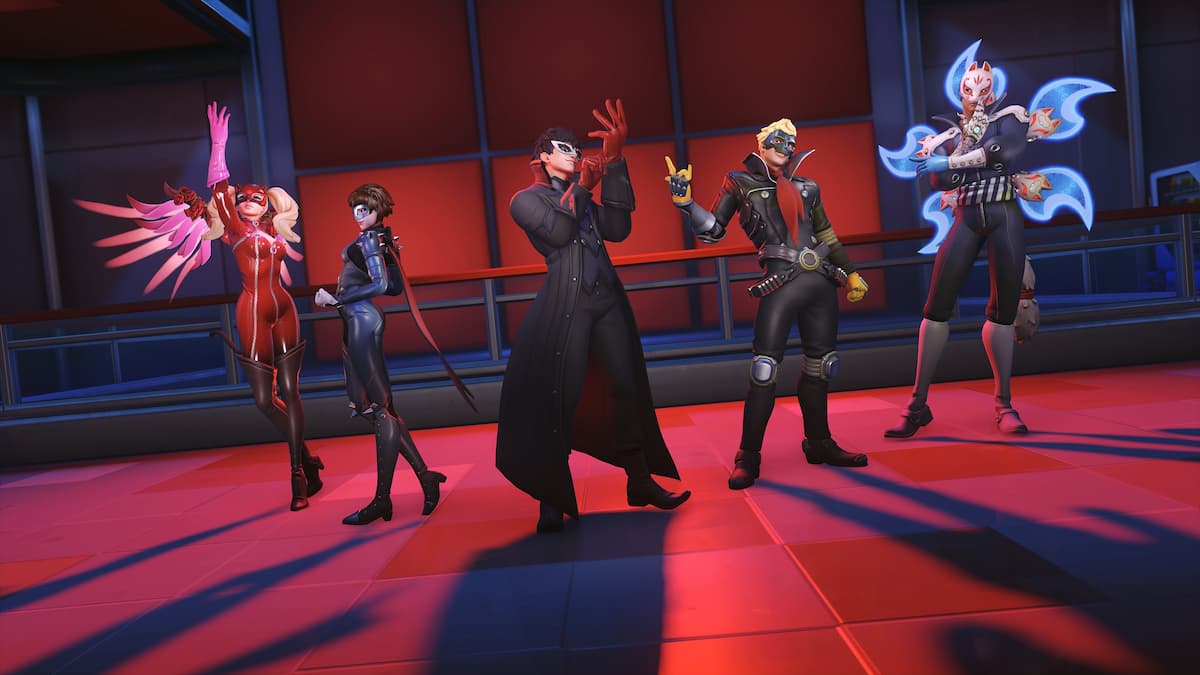
Published: Nov 26, 2018 04:59 pm